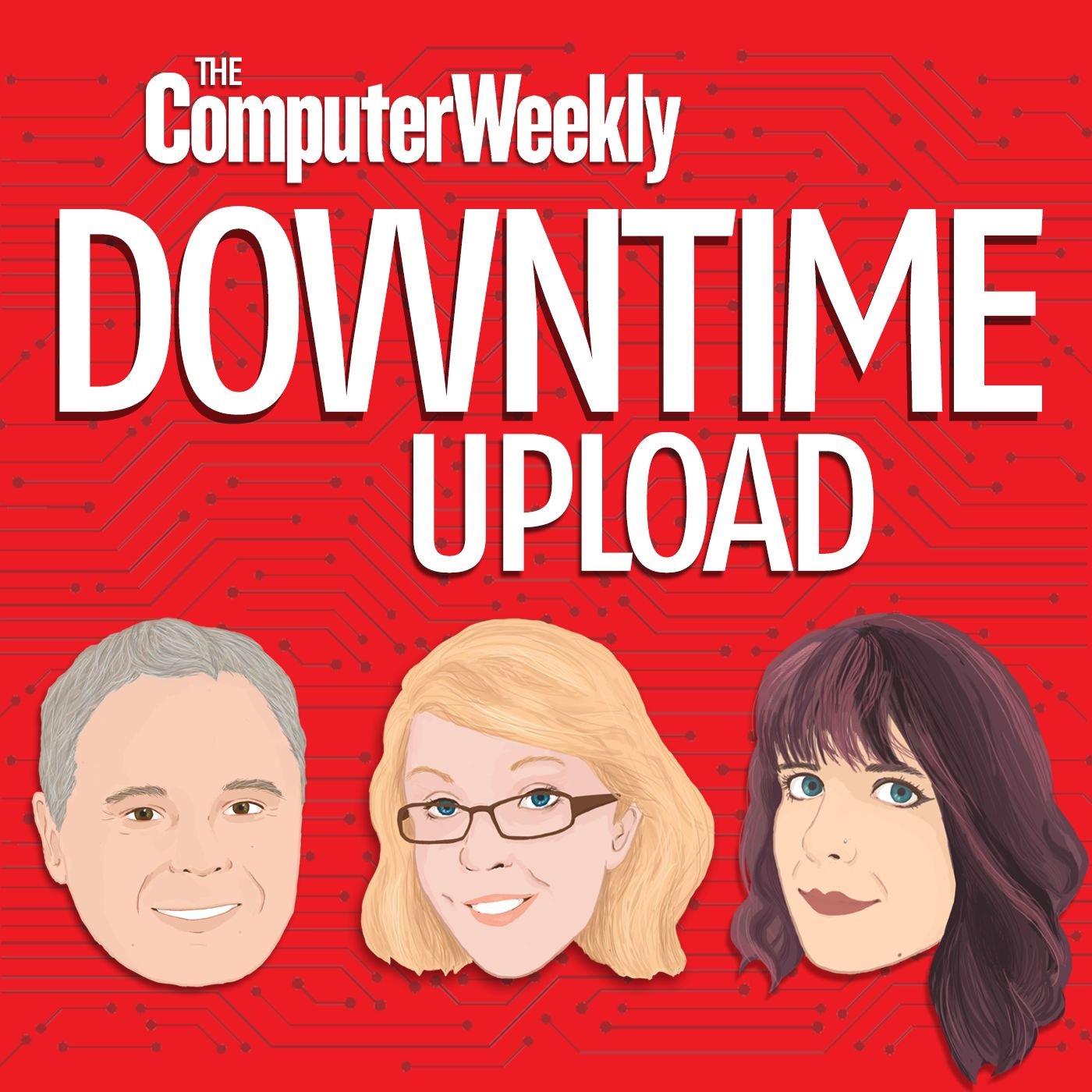
AntonioDiaz - stock.adobe.com
AI job chaos: A Computer Weekly Downtime Upload podcast

AI job disruption was among the hot topics at the Gartner Symposium in Barcelona. We speak to Gartner’s Helen Poitevin about AI job chaos
Among the difficult issues that business and tech leaders are going to have to consider is that some AI tools are likely to remove tasks that employees enjoy doing. Given many organisations are struggling to derive a quick return on investment from their AI deployments, IT departments may be tasked with automating the low-hanging fruit, which are likely to include some of the tasks people find rewarding.
Helen Poitevin, a distinguished vice president analyst at Gartner, defines organisations that consider the impact on employees as taking a people-first approach to AI deployment. However, she says: “We won't see all organisations do this.”
Gartner predicts that over 32m jobs will be transformed each year. Looking at job losses due to AI, Potevin says: “We've reached the conclusion there will be no AI jobs apocalypse. Jobs created attributable to AI will outpace jobs lost by 2028. However, AI will unleash job chaos.”
The job chaos Poitevin believes will happen is that employees will see that certain tasks or certain things that they do and they like doing, will start to go away. Potevin recommends IT and business leaders take a human-first approach to design AI systems that people want to use to do their jobs more effectively. “ I get a lot of surprised looks when I point out that when they are implementing AI, they are taking away the tasks that matter to people. It's about augmenting their work and helping them work better,” she says.
Not taking into account how people like to work may mean that employees avoid using these AI tools that are built to improve their productivity. As its use in the organisation is less that projected when the project was originally signed off, the value derived from the AI diminishes compared to the extra cost involved in purchasing the technology. In other words, there is potentially a lower return on investment (ROI) when a people-first approach to AI design is not taken.
Poitevin regards AI investments very much like the effect email had on businesses, when it first started being used. “Back in the day when email was introduced, everybody got email and organisations could not invest in email, even though the ROI was very hard to defend,” she says.
Businesses moved from a relatively inexpensive resource in people, where secretaries or administrative assistants did a lot of word processing and writing memos to where managers and executives took on all of that work themselves. And the organisations needed to purchase email servers and manage the extra IT infrastructure to support the use of business email. Poitevin says: “Essentially, they ended up shifting their cost base and making it more expensive to operate. But businesses had no choice but to operate email servers.”
In some ways, the introduction of AI for employee productivity could follow the same trajectory. She warns that business and IT chiefs have little choice but to deploy these AI tools. In fact, AI is already embedded in the enterprise software they use and often this software is charged at a premium. The effect is that an organisation using such AI-infused enterprise software has essentially raised its operating costs, before any employee is able to benefit from the technology.


